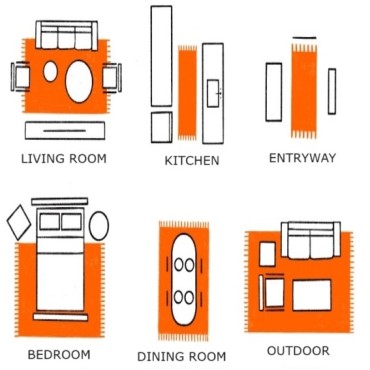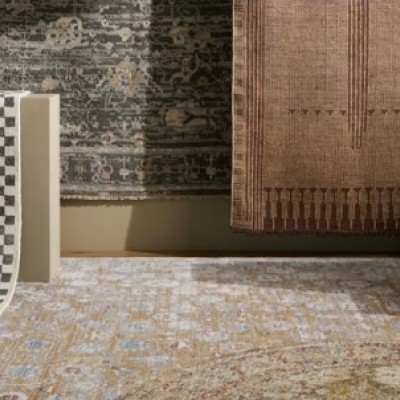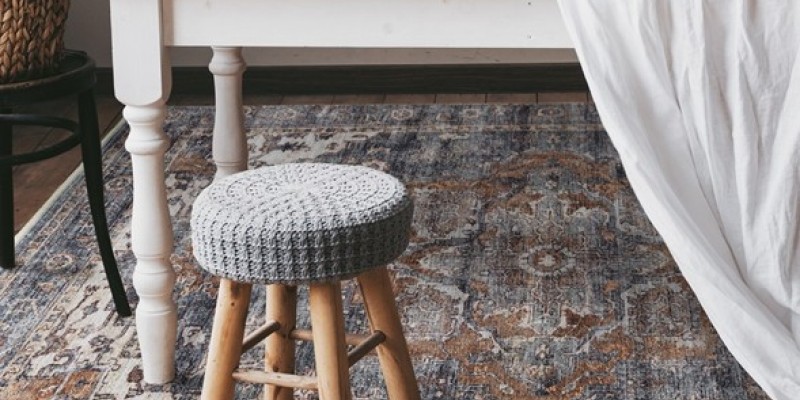
Introduction:
Area rugs are essential to any interior design, adding warmth, style, and comfort to a space. There is no doubt that selecting the perfect rug can be a challenging task in light of the numerous options available. We intend to provide you with this buying guide to assist you in navigating the process and making an informed decision. A rug's size, material, style, and maintenance can help you find one that complements your space.
1. Determine the Purpose and Placement
Consider the rug's purpose and placement before you begin your search. Do you seek to define a seating area, add visual interest, or provide insulation and noise reduction? Decide whether you need a rug for a high-traffic area like the living room or a low-traffic area like the bedroom. You will be able to make the right choice if you understand the rug's purpose.
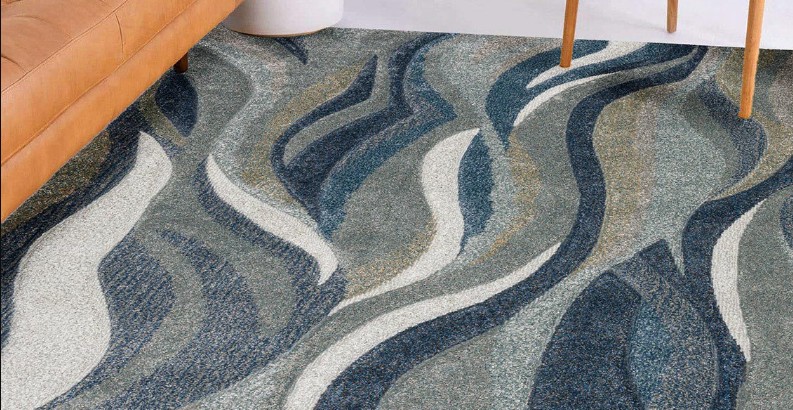
2. Size Matters
Choosing the right rug size is crucial to achieving a harmonious and balanced appearance. Measure the dimensions of the area where you intend to place the rug, taking into account the length as well as the width. Leave at least 18 inches of the floor exposed around the rug's edges for a cohesive design. This will ensure that the rug does not overwhelm the space and allows for its cohesive appearance.
3. Consider Material and Durability
Materials used to make rugs vary significantly in terms of their texture, durability, and maintenance requirements. Among the most popular fabrics are wool, silk, cotton, jute, and synthetic materials, such as nylon or polyester. A wool rug is known for its strength and stain resistance, while a silk rug is known for its elegance and luxurious appearance. Natural fibers like jute and cotton feel more casual and eco-friendly. Consider the traffic level in the area and choose a material that can withstand wear and tear.
4. Style and Design
An area rug can have a significant impact on the ambiance and style of a room. When selecting a rug, it is essential to take into account the existing decor and color scheme. Choosing a rug that complements your room's bold patterns and colors is a good idea. Alternatively, you can use a vibrant rug as the focal point in an understated setting. Styles like traditional, contemporary, or eclectic have something for everyone.
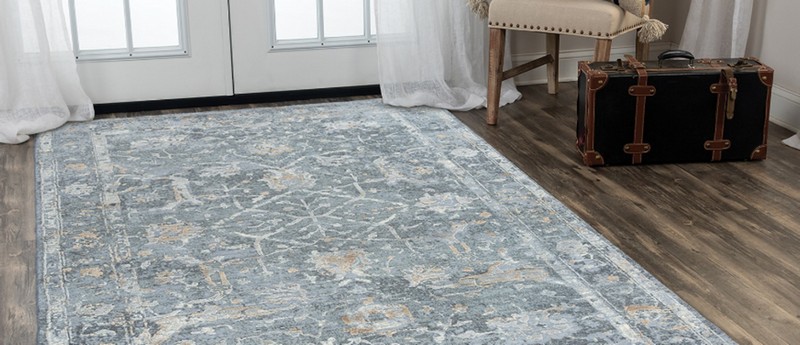
5. Colors and Patterns
Colors and patterns should complement the overall design scheme. Solid-colored rugs provide tranquility and balance, while patterned rugs provide excitement and visual interest. Make sure that any patterned rug you choose does not clash with other patterns in the room. Ensure that the color of the walls, furniture, and curtains is consistent to create a cohesive design.
6. Test Before You Buy
Test the rug in your space whenever possible before making a final decision. You can do this by marking the rug's dimensions on the floor with painter's tape or borrowing a similar-sized rug from a friend if necessary. You will be able to determine how the rug complements the surroundings and make necessary adjustments before you purchase it if you observe it in your space.
7. Maintenance and Care
There are different levels of maintenance for rugs. Some materials are stain-resistant and easier to clean, while others are more delicate. Remember how much time you're willing to spend on rug maintenance. Vacuuming regularly and spot-cleaning spills promptly can extend rug life. A rug should also be rotated periodically in high-traffic areas to minimize wear.
Conclusion
We at Rugs Town emphasize the importance of size, fabric, style, and maintenance when choosing an area rug. In order to create a harmonious look, choose a rug that complements your existing décor and aligns with your lifestyle. Test it in your space and consider maintenance requirements.
